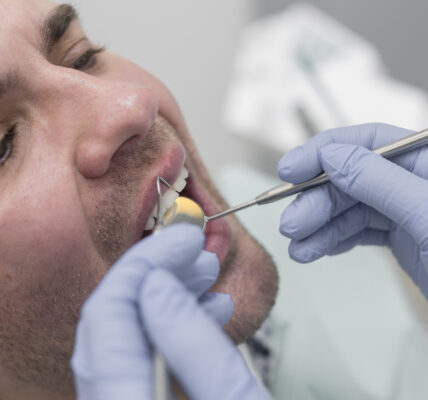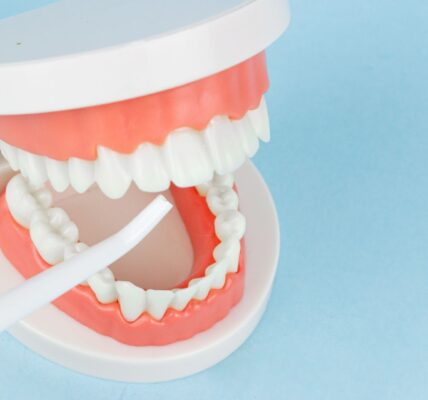Cosmetic dentistry is all about improving smiles—enhancing the appearance of teeth through treatments like whitening, veneers, bonding, and full smile makeovers. But behind every stunning transformation is a clinical process that can sometimes feel intimidating to patients. That’s where sedation dentistry comes into play. More than just a comfort tool, sedation has a strong scientific foundation that makes cosmetic procedures safer, smoother, and more effective for both patients and dental professionals.
What Is Sedation Dentistry?
Sedation dentistry involves using medication to help patients relax during dental procedures. It’s often categorized into four levels:
-
Minimal sedation – You’re awake but relaxed (e.g., nitrous oxide).
-
Moderate sedation – You may slur your words and not remember much of the procedure.
-
Deep sedation – You’re on the edge of consciousness but can still be awakened.
-
General anesthesia – You’re completely unconscious.
For cosmetic treatments, dentists usually use minimal to moderate sedation. These options allow patients to remain responsive while significantly reducing anxiety and discomfort.
The Brain-Body Connection
Anxiety before a dental procedure triggers a “fight or flight” response in the brain. This causes the release of stress hormones like cortisol and adrenaline, which can raise your heart rate, increase muscle tension, and make it harder to sit still or stay comfortable in the dental chair.
Sedation counters this response by slowing down brain activity, calming the nervous system, and reducing the sensation of pain or fear. Medications like benzodiazepines (used in oral sedation) enhance the effect of GABA—a neurotransmitter that promotes relaxation and reduces brain excitability.
Why It Matters in Cosmetic Dentistry
Many cosmetic procedures require precision and patient cooperation. If a patient is tense, sensitive to touch, or anxious, it can complicate the procedure. Sedation allows the body to stay relaxed, minimizing movements and involuntary responses like gag reflexes. This makes it easier for the dentist to perform detailed work such as veneer bonding or crown fitting with accuracy.
Furthermore, patients often feel as though time has passed quickly under sedation, making it ideal for longer or multi-step cosmetic procedures. The ability to complete more work in fewer sessions not only saves time but also enhances the overall experience.
Conclusion
Sedation in cosmetic dentistry isn’t just about staying calm—it’s about harnessing science to improve outcomes, comfort, and confidence. From managing anxiety to supporting procedural precision, sedation is a powerful tool that makes cosmetic smile transformations more accessible and enjoyable for every patient.




